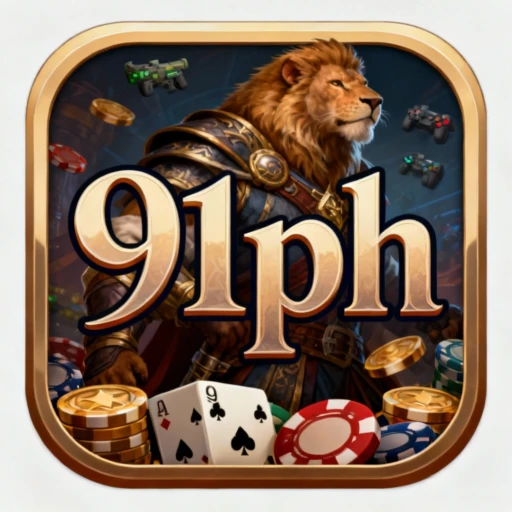The Strategic Depth of Shogun: A Game of Tactics and Tradition
In the vast realm of board games, Shogun stands out as a captivating choice for enthusiasts of strategy and history. This game, whose name evokes the commanding prestige of Japan's feudal military leaders, offers players a chance to engage in tactical planning and resource management. With an intriguing backdrop set amidst the dynamic political landscape of medieval Japan, Shogun combines strategic gameplay with historical immersion for an unforgettable gaming experience.
Introduction to Shogun
Shogun invites players to a time where samurai and warlords vied for supremacy over the archipelago. This thematic setup allows players to slip into the shoes of ambitious daimyos, overseeing their domains and plotting their rise to power. In this compelling game, designed by Dirk Henn and published by Queen Games, each participant aims to amass the most victory points by expanding territories, managing resources, and negotiating alliances.
The game's allure lies not only in its rich historical narrative but also in the innovative mechanics that sustain engagement through multiple sessions. Whether deploying armies, managing rice supplies, or constructing castles, every decision influences the balance of power, demanding foresight and adaptability.
Game Mechanics and Rules
At the heart of Shogun lies its meticulously crafted board, representing a detailed map of Japan divided into numerous provinces. Each player's journey begins with a modest domain, and from these humble origins, the quest for dominance unfolds. One of the game's distinctive elements is its reliance on cube towers, which introduces an exciting form of randomness that simulates the unpredictability of war and negotiations. As players allocate resources and armies, these cubes are dropped into the tower, where they may emerge on the battlefield, impacting the outcome of conflicts.
Setup and Game Components
Starting with the layout, the game includes province cards, which dictate initial territories, while the action cards guide player decisions each round. Moreover, construction and devastation cubes allow players to develop or hinder provinces, introducing a layer of depth to territorial control. The game progresses through four rounds, each representing a season, beginning with spring and concluding with winter.
Strategic Decisions
Each round offers multiple phases where players strategize their next moves. Key actions involve the deployment of armies, the construction of buildings—such as castles and theatres for earning additional resources—or the collection of rice, essential for feeding armies and preventing revolts. Tactical acumen is critical, as neglecting any aspect can result in significant setbacks.
Resource Management
Resource management is a vital cornerstone of Shogun. Players must balance military expansion with economic stability. Rice and gold serve as the primary resources; wise allocation can shift the balance of power, whereas mismanagement could provoke uprisings or defensive weaknesses.
Combat and Diplomacy
While military engagements often capture the spotlight, diplomacy is equally pivotal. Strategic alliances can forge pathways to victory or safeguard against overwhelming adversaries. The ebb and flow of alliances and rivalries add depth to each interaction, ensuring that player dynamics continually evolve.
Shogun in Contemporary Context
The recent resurgence in board gaming culture has thrust Shogun into the limelight, appreciated not only for its strategic depth but also for its educational value. At a time when digital entertainment often overshadows traditional games, Shogun stands as a testament to the enduring appeal of tactile, face-to-face interactions. Its ability to spark conversations and foster camaraderie is unmatched in the era of isolation brought by the digital world.
Shogun's relevance is further amplified by its reflection of current global dynamics, where strategic maneuvering and resource control remain pivotal in geopolitical contexts. The lessons in diplomacy, resource management, and adaptation continue to resonate, offering valuable insights beyond the gaming table.
In conclusion, Shogun's blend of strategic depth, historical context, and social interaction ensures its enduring popularity among board gaming enthusiasts. Its ability to seamlessly weave complex mechanics with engaging narratives sets a benchmark for strategy games, appealing to veteran strategists and newcomers alike seeking to explore the rich tapestries of feudal Japan.







